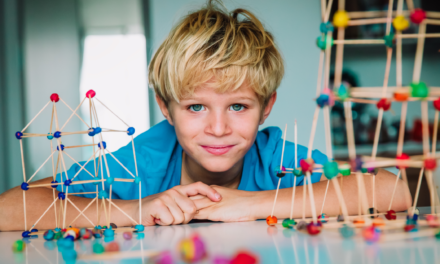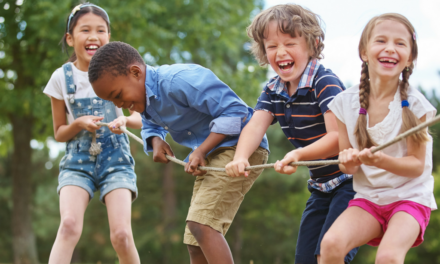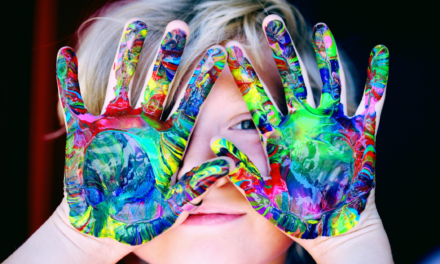
3 Strategies to calm down an angry child

When children are angry, most parents get defensive and repulsive themselves.
No matter how much we would want to react to our children’s emotions in a better way, we may still struggle at the moment of crisis.
However we will be able to better manage our own feelings if we understand our child’s brain a little better.
Your child is definitely not creating those feelings to annoy you, infact he needs your help to manage it.

In order to raise an emotionally intelligent child, we need to resolve anger by going through it with them.
Strategy #1 ACCEPT
Children’s brains are constantly getting wired and rewired, and the experiences you provide them as parents will help to structure their brain.
Parents who speak to their children about their feelings have children who grow to be emotionally intelligent.
When we acknowledge their big emotions and do not push them away, we are helping the child to think through this big emotion together with us.

We are helping him understand his feelings by giving him access to the memories of the anger instigating incident.
The experience you provide in your conversation is helping him reflect and make brain connections to better deal with a similar situation in the future.
Neglecting his feelings and distracting him with food or play will only cause the incident to reoccur, because he has not learnt how to deal with it.
Your conversation or lack of it, either way is teaching his brain to build the neurons for a future reaction.
Provide him with an experience where his brain makes the connections for a better emotional reaction which will also help him in adulthood.
The right kind of connections will trigger when we become the supporting arm to acknowledge his feelings.
He will slowly build the neurons in his brain to react better to a similar situation when he encounters it again.
Strategy # 2 – REFLECT
When a child is running and falls down and hurts himself a typical parenting response like “Get up. You’re fine” may feel like it works to distract the child, but it is working only in the short run.

There is a hidden message of neglecting the emotion the child has been through. He is hurt and his knee is scrapped and it is paining, he is also feeling angry and humiliated when he fell in front of everybody.
In order to deal with this a little better we need to validate his feelings.
We can validate his feeling by using a strategy described by Daniel Siegel which is the “Name it to tame it strategy” which means saying something like this, “I saw that you were running and having fun but then suddenly you lost your balance and fell down. The knee must be really hurting”
In simply repeating the incident that happened helps him to process the anger and humiliation he is feeling at that moment. He will be in a better position to deal with his emotion in a healthy way.
Strategy # 3 – INTEGRATE
There is a concept that will help that child deal with emotion the next time he faces it again. It is called “integration of the whole brain”.
Daniel Siegel and Tina Bryson in their book “The Whole Brain Child” explain that, the way a child’s brain is wired between left and right brain and also between the top part of the brain and the lower part of the brain helps him to deal with emotions.
The way the brain circuits are activated after any experience helps the brain to form connections and perceptions to sights, sounds and even abstract feelings and thoughts.
Another strategy to help your child is to make stories that help him make sense of his feelings and help him form a healthy perception about “the-not-so-pleasant-experience”.

Helping the child to see through the experience together with a loving parent is immensely beneficial to his emotional well-being in the long run.
Psychology tells us that everything that happens to children, be it the music they listen to, the books they read, the screen time they experience, the kind of discipline they receive and emotions they feel, profoundly affects the way their brain develops.
Parents’ acceptance of their child’s feeling passes on to the child himself.
If parent accepts the emotion, then the child will learn to accept it as well.
Just like adult emotions, a child’s emotion also has a purpose. Anger is a normal feeling, channelising and accepting it will help to rewire the child’s brain and help him to be healthier and happier.
















